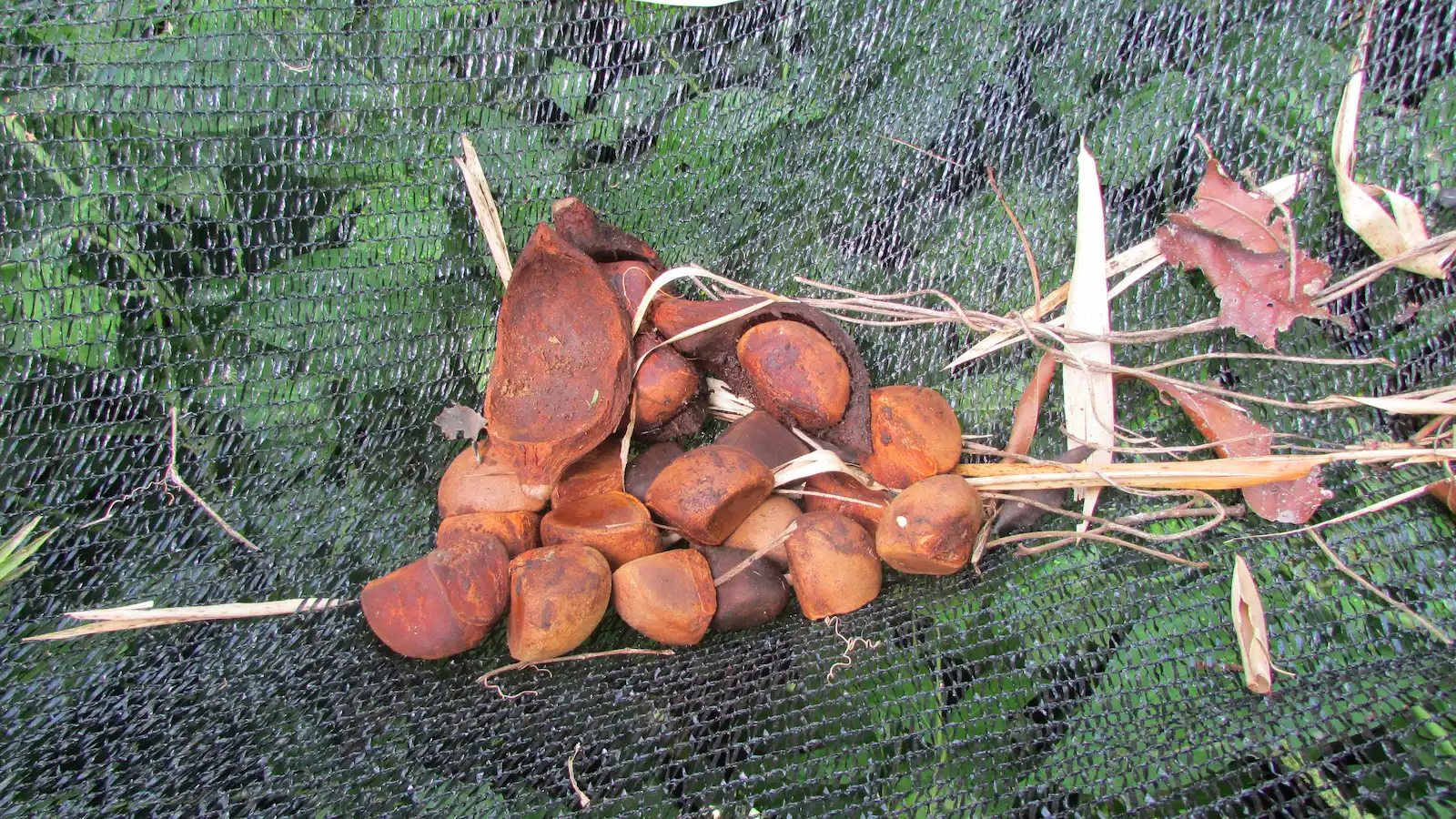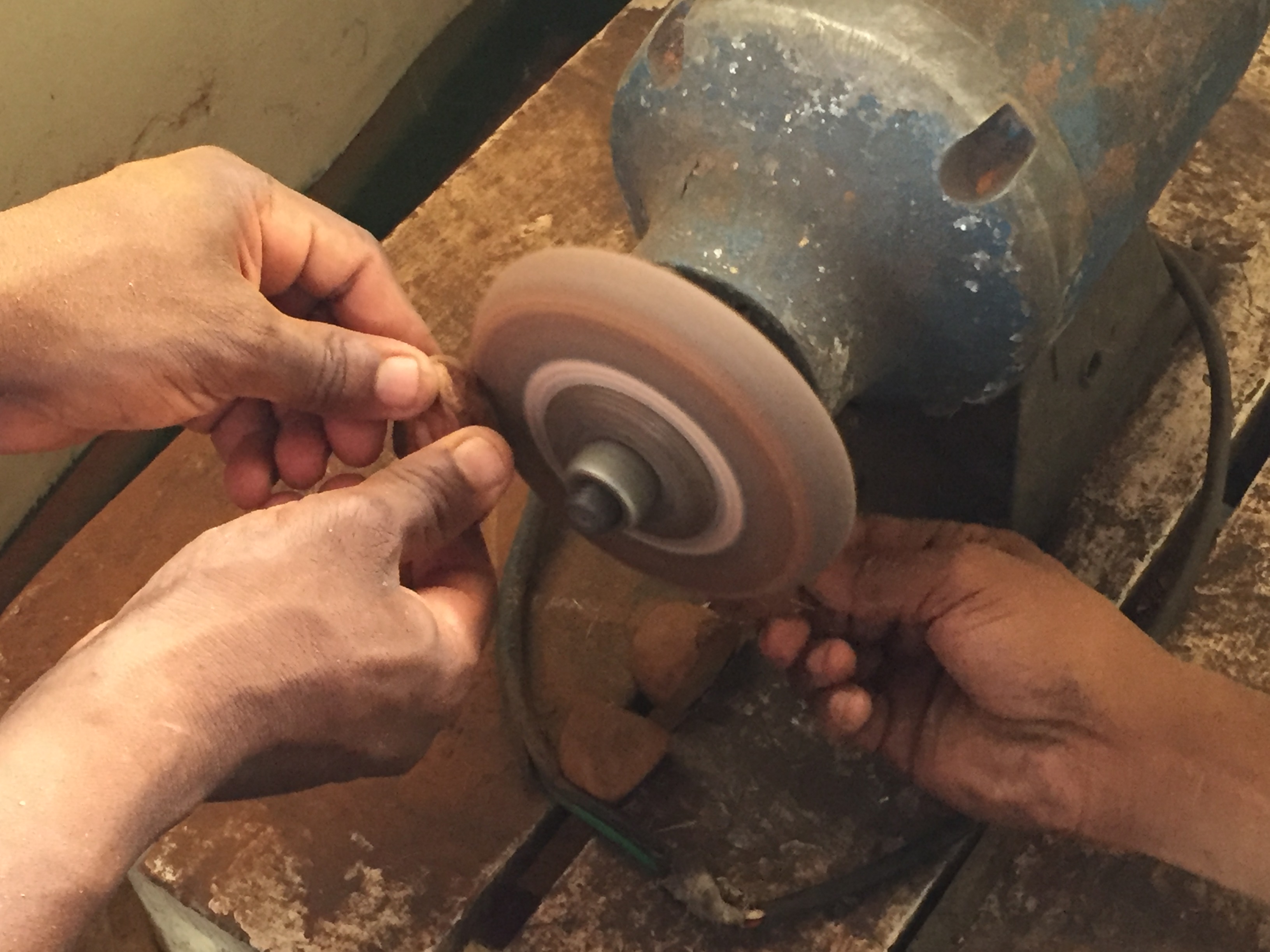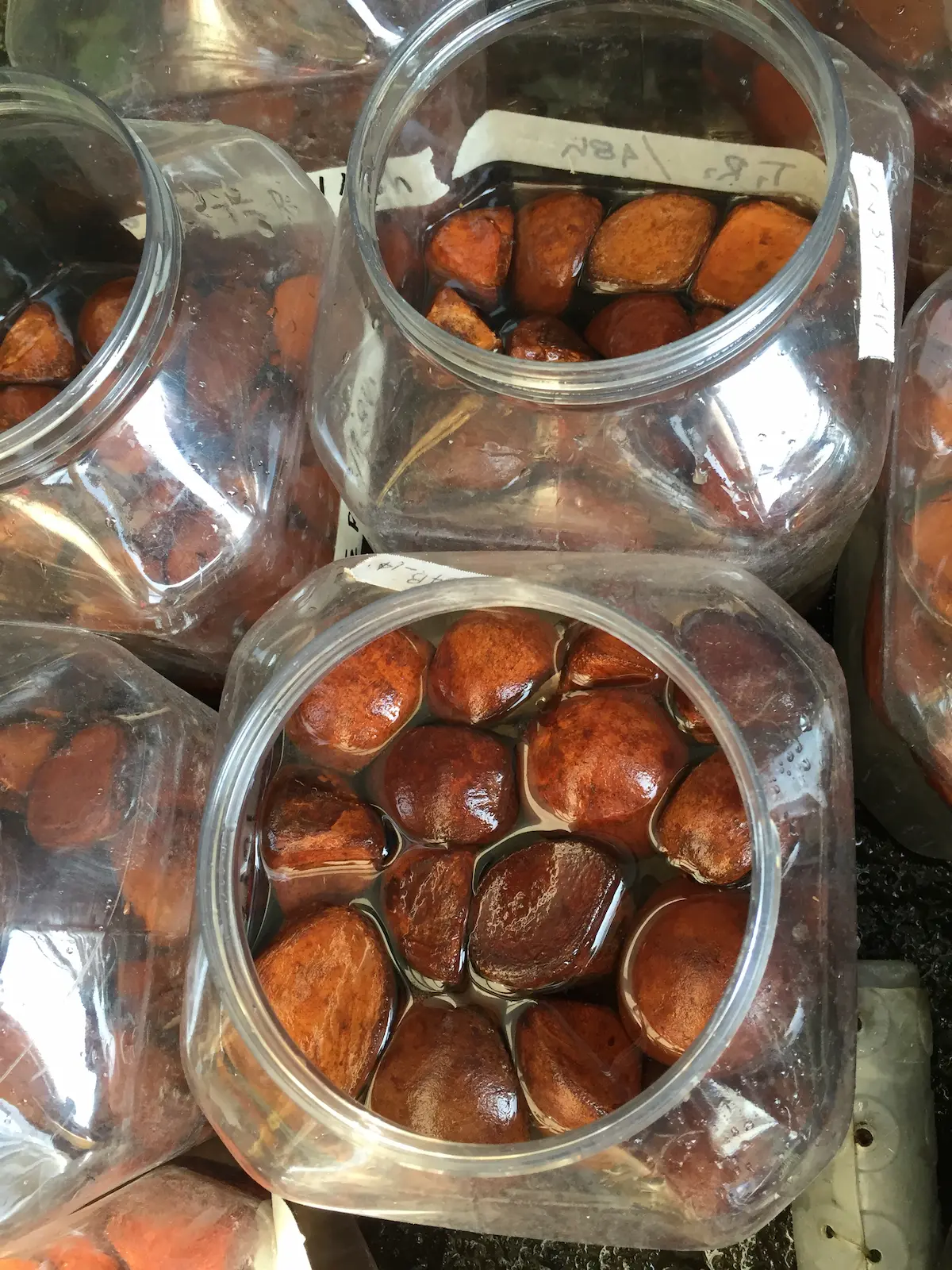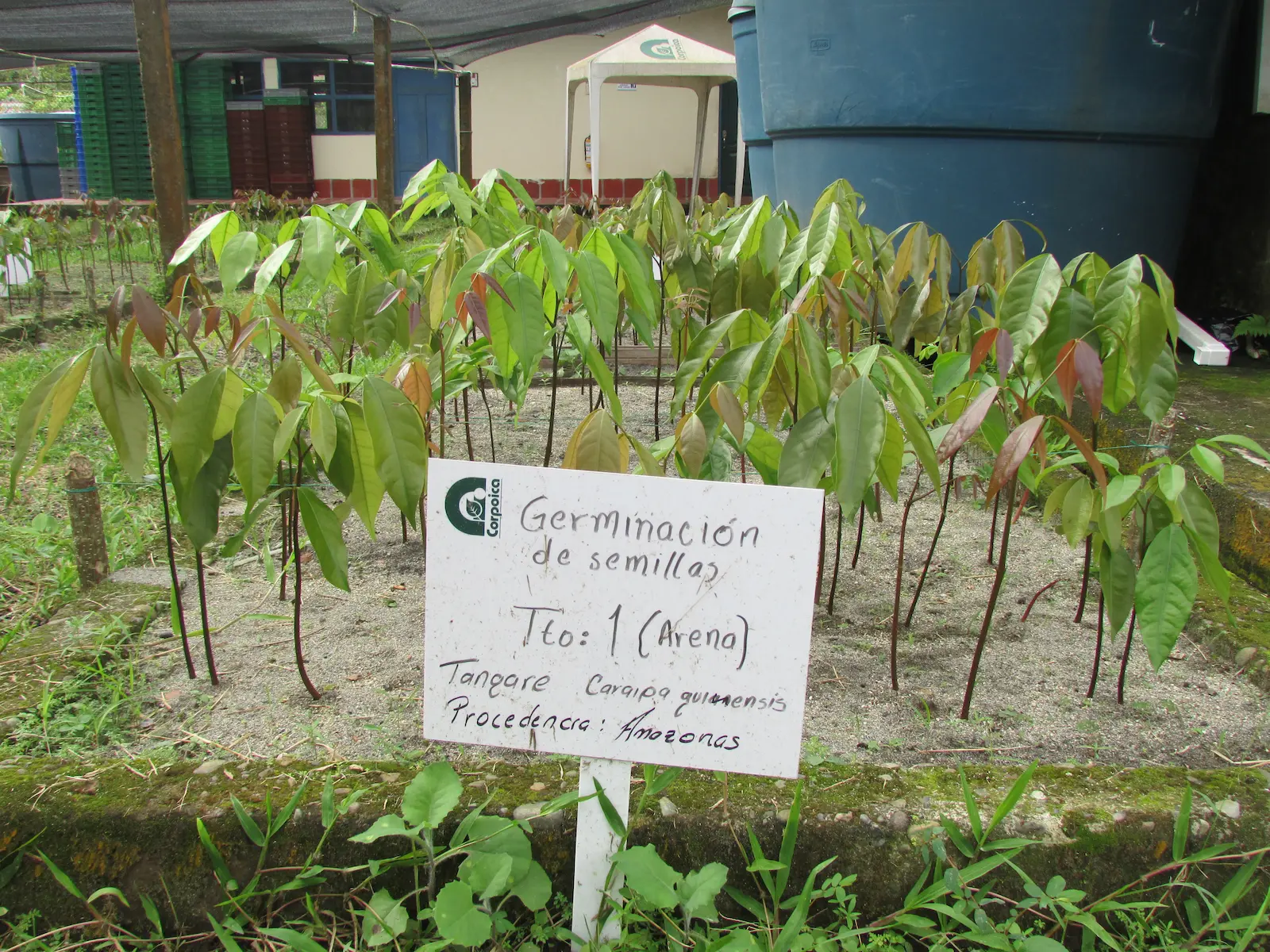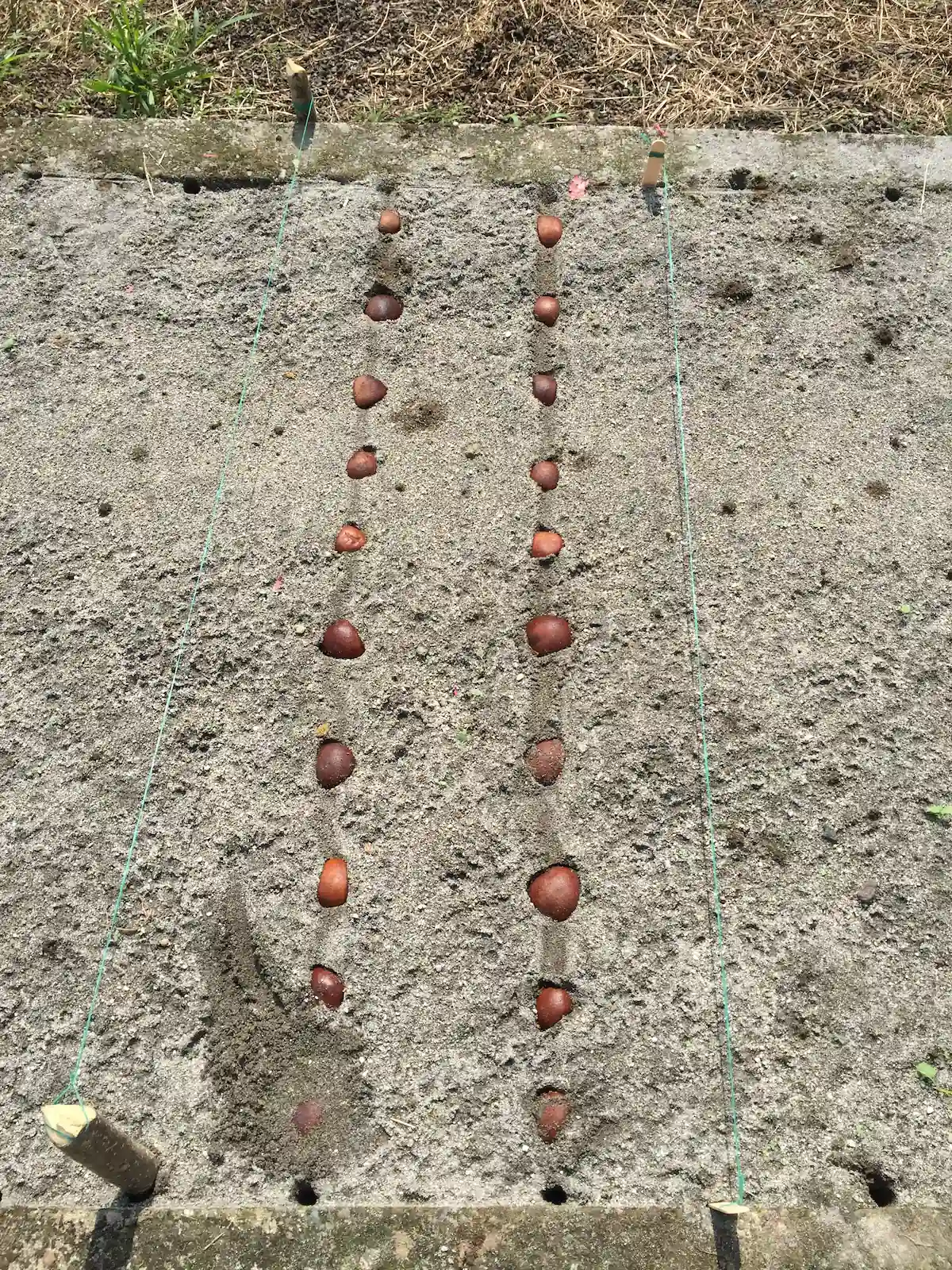Seed management and sexual propagation of tangare
Tangare or crabwood (Carapa guianensis)
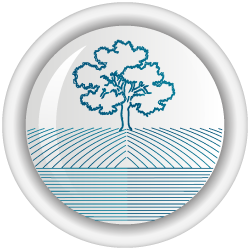
- Thematic area:
- Planting material and genetic breeding
- Productive system:
- Forestry
- Geographic coverage:
-
Pacific and Amazonian regions
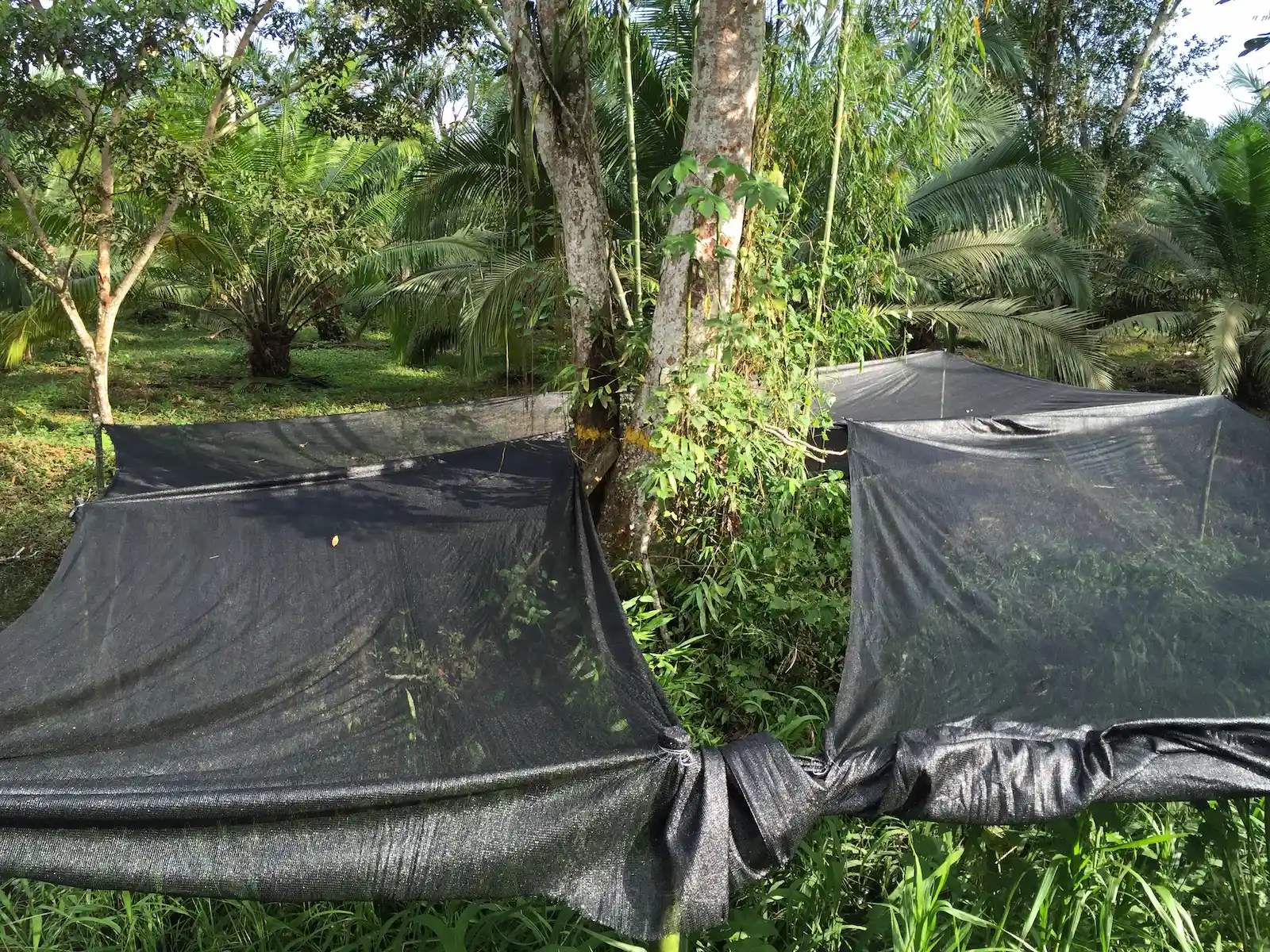
Description
The process begins with the selection of the seed source, which refers to the classification of the trees according to the desirable characteristics for the planting project and the collection of seeds through the establishment of seed collection traps, followed by a quality analysis in which impurities collected in the traps and seeds that pests or diseases have attacked will be discarded. Finally, management recommendations are given for germination, where initially, the mechanical scarification of the seed testa is carried out to activate the development of its embryo. Then, the seeds are placed in an imbibition process with water at room temperature for 24 hours. Finally, the seed is placed in the substrate. The scope of the recommendation reaches the first nursery phase (propagation phase).
In this way, nursery operators increase the percentage of healthy seeds collected in the field by 40% and reduce the germination time of the seeds in the nursery to obtain seedlings with uniform heights that will facilitate management in the nursery and the field. In addition, 61% of germinated seeds can be obtained 41 days after sowing, compared to 20% obtained conventionally, with a 41% increase in material production for the next nursery phase.
By implementing the recommendations, the maximum germination percentage (70%) would be reached on day 42, while 30% would be obtained at 180 days with conventional management. In this way, the investment of resources per day of management in the nursery is reduced, reflected in a labor saving of $6,900,000. In addition, planting trees that contribute to the mitigation of the effects of climate change is encouraged. Implementing this TO contributes to the conservation, protection, and propagation of the Tangare species, which is listed as "threatened" by the Cuban Red List (IUCN, 2017).
Species of cultural, social, and economic importance for the domain departments of these technological recommendations.
It is more applicable in areas with very humid tropical, humid tropical, and premontane forests, in the departments of Antioquia, Amazonas, Cauca, Chocó, Cundinamarca, Nariño, Santander, and Valle del Cauca and all their municipalities.
Audiovisual content
Especies forestales nativas del pacífico AGROSAVIA EL MIRA, Tumaco Nariño - Campo - Mundo del Campo [Spanish]
Fortalecimiento de capacidades en manejo de semillas forestales [Spanish]
Image gallery

